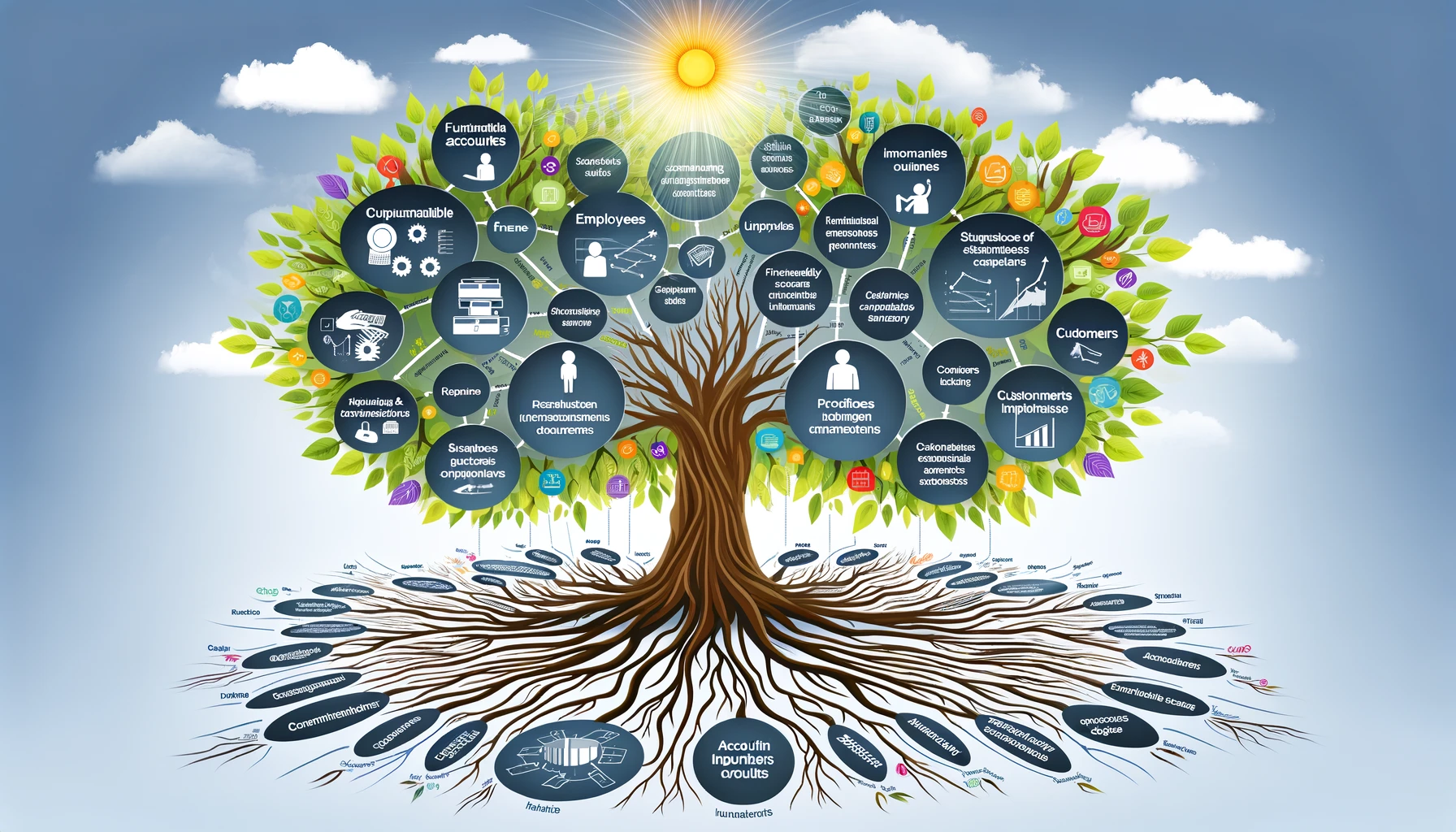Human resources (HR) all the people working in a business.
Workforce/HR planning a process that identifies current and future HR needs to ensure that staffing is sufficient, qualified, and competent enough to achieve the organization’s objectives.
There are four key parts of HR planning (which will be further examined later):
Recruitment hiring the right person for the right job.
Training ensuring an employee receives proper professional development (i.e., acquires the necessary set of skills needed to complete the tasks efficiently).
Appraisal evaluating an employee’s job performance.
Termination or dismissal managing the situation of employee’s voluntary or involuntary leave.
Labour turnover a measure used in HR planning of how many people leave a business over a given period of time, usually expressed as a percentage of the total labour force.
High labour turnover
- This means that there is a reason why staff do not stay in the firm for a long period of time.
- Perhaps there is an aspect of the business that demotivates the workforce and lowers their productivity (resulting in extra costs for the business as it constantly needs to be on a lookout for new staff).
- High labour turnover suggests that staff may only be staying for a short time for a certain reason.
- There may be a key factor such as motivation, packages etc. that are affecting retention.
- Staff hired may be incompetent.
- Remuneration packages might not be competitive.
Low labour turnover
- Fresh blood may encourage innovation and new ideas.
- Existing employees are loyal to the business, and likely more motivated to work.
- Managers have recruited the right people for the right job.
- A very low labour turnover means that the business is stable but also lacks progress;
‘fresh blood’ in the business is important to stimulate innovations and new ideas.






